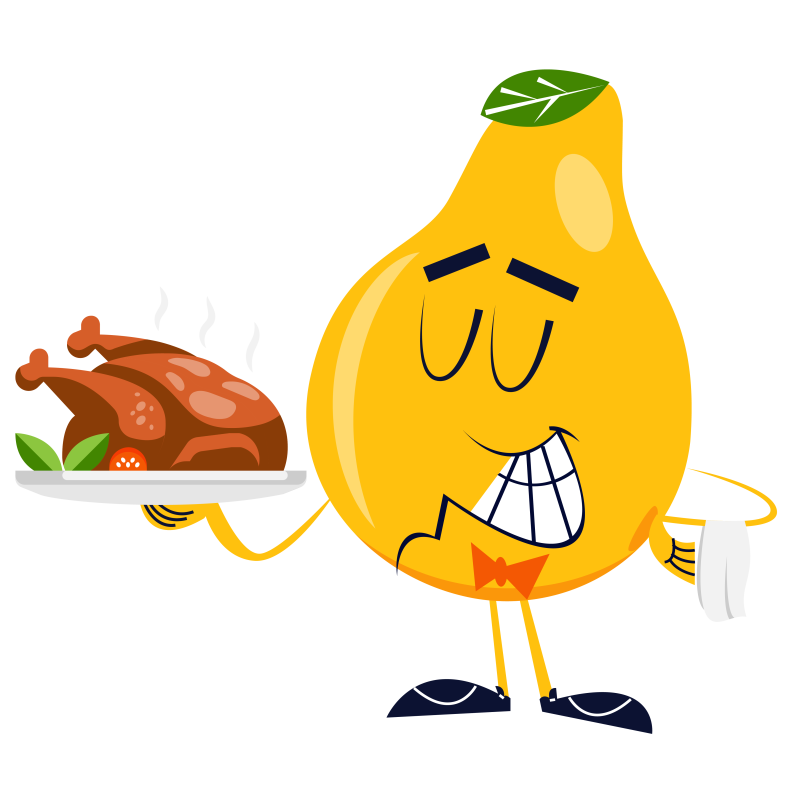
Protein can be found in foods that come from both plants and animals. Mix it up and choose from meat and non-meat protein sources so you can get a variety of nutrients.

List of Proteins
Animal Sources: Beef, Lamb, Pork, Chicken, Turkey, Bison, Venison, Eggs, Fish, Shellfish, Cheese, Cottage cheese, Greek yogurt
Plant Sources: Beans, Nuts, Seeds, Peas, Lentils, Soy, Nut butters.

Portion Size
- 1 ounce of meat, poultry or fish
- ¼ cup cooked beans
- 1 egg
- 1 tablespoon of peanut butter
- ½ ounce of nuts or seeds.

How many servings do you need?
Most adults need between 5-7 ounce equivalents of protein per day.
Everyone needs a different amount of protein. This is based on age, sex, height, weight, and amount of physical activity. Protein needs can also depend on whether a person is pregnant or breastfeeding. Most Americans eat enough from the Protein Group, but may need to select leaner varieties and include more protein from plant sources. Find the right amount for you by getting your MyPlate Plan.
- Choose lean meats more often, instead of animal-based protein options that are high in saturated fats, like sausages, hot dogs, bacon, as well as high fat cuts of beef, pork and lamb.
- Seafood contains a range of nutrients, especially healthy fats called omega-3 fatty acids.
- Varying your protein sources to include non-meat options such as beans, peas and lentils provide important nutrients such as fiber, folate and potassium that are not found in meat sources.




